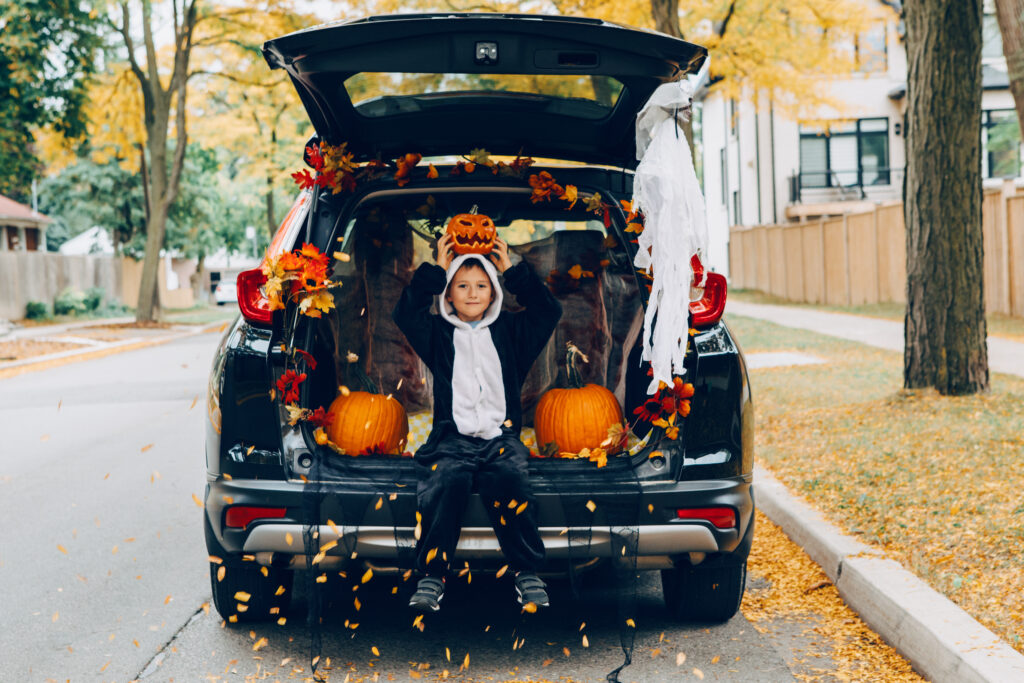Halloween Safety

Halloween is a time of magic and fun, but it also brings certain risks that parents need to be aware of. With millions of children out trick-or-treating each year, the potential for accidents and dangerous incidents increases. According to the National Safety Council, Halloween is one of the deadliest days of the year for pedestrians, with children being particularly vulnerable—children are twice as likely to be hit by a car on Halloween compared to other days. Additionally, the rise of fentanyl-laced candy has become a concerning trend. Law enforcement agencies have warned that counterfeit candy and drugs can end up in Halloween treats, posing a severe risk to unsuspecting children. Parents must teach their kids to be vigilant about the treats they accept and to avoid any that look suspicious or come from unknown sources.
Halloween sees a significant increase in pedestrian traffic. The National Highway Traffic Safety Administration reports that 71% of fatal crashes involving pedestrians occur in the dark, which is why costume safety is crucial. Visibility matters, as nearly 30% of pedestrian fatalities on Halloween involve children aged 4 to 15. Choose bright, reflective costumes or add glow sticks to enhance visibility. Additionally, opt for costumes made from non-flammable materials, as the U.S. Fire Administration reports that Halloween-related fires are common. Always accompany young children while trick-or-treating and set rules for older kids to stick to well-lit areas. Encourage your children to remain mindful of their surroundings, look both ways before crossing streets, and stay on sidewalks whenever possible.
If your child is attending a Halloween party, ensure you know the host and the location. A survey by the Consumer Product Safety Commission found that nearly 3,000 injuries occur each Halloween at parties, often due to falls or alcohol-related incidents. It’s essential to discuss the dangers of underage drinking and substance use with your teens, as parties can sometimes lead to risky behavior. Encourage your child to use the buddy system, promoting group attendance and urging them to stay with friends throughout the event for added safety.
Finally, having an emergency preparedness plan is vital. Discuss what to do in case of an emergency and ensure your child has your contact information and knows how to reach you. Keeping a first aid kit handy is also a good idea for minor injuries, as Halloween often leads to scraped knees and other minor accidents.
Halloween can be a fun time filled with creativity and excitement, but being aware of the associated risks is crucial. By following these safety tips and staying informed, you can help protect your children from potential dangers while allowing them to enjoy the festivities. Let’s make this Halloween memorable for all the right reasons—stay safe and have fun!
Posted by on 28 Oct 2024